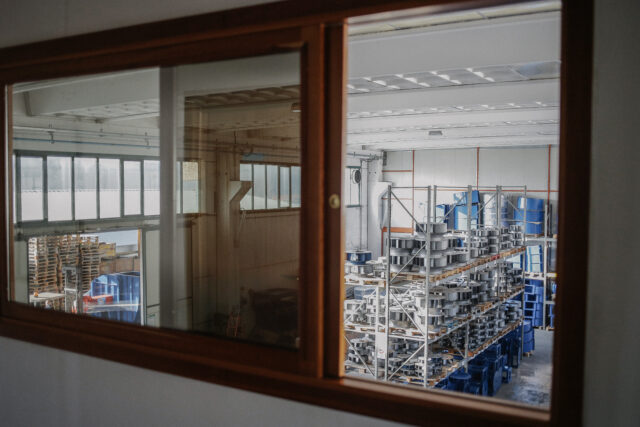Some studies have ranked indoor air pollution as one of the top five environmental problems we face today. The importance of indoor air quality in the workplace is critical to its direct impact on quality of life. In particular, if you suffer from specific health problems (for example, allergies or asthma).
What is indoor air quality?
Indoor air quality (IAQ) is a term that refers to the quality of the air in and around buildings and structures.
It is important to understand how it affects indoor environments and control the most common pollutants to minimize indoor health problems.
What impact does it have on us?
Indoor air quality is now a hotly debated topic, thanks to a growing body of research highlighting the impact that poor indoor air quality can have on people's health. According to the Global Burden of Disease study, 2.3 million deaths were attributed to indoor pollution in 2019.
Poor indoor air quality can be caused by a combination of pollutants, and most come from sources inside buildings, although some also originate outside.

Internal sources:
Indoor combustion sources, including tobacco, heating and cooking appliances and fireplaces, can release harmful combustion products such as carbon monoxide and particulate matter directly into the indoor environment.
Cleaning products, paints, insecticides and other commonly used products introduce many different chemicals, including volatile organic compounds, directly into the air.
Building materials are also potential sources, either through materials that degrade (e.g., asbestos fibres released from building insulation) or through new materials (e.g., chemical off-gassing of pressed wood products). Other substances present in indoor air are of natural origin, such as radon or mold.
External sources:
Outdoor air pollutants can enter buildings through open doors and windows, ventilation systems and cracks in structures. Some pollutants also enter the interior through the foundations of buildings. For example, radon is formed in soil due to the decay of naturally occurring uranium in rocks and soils. Radon can then penetrate buildings through cracks or interstices of structures.
Volatile chemicals in water supplies can also enter indoor air when building occupants use water.
Finally, when people enter buildings, they can inadvertently bring from outside the earth and dust they have on their shoes and clothes, along with the pollutants that adhere to these particles.
The importance of indoor air quality
According to some studies, the level of pollutants in indoor environments is usually two to five times higher than that of outdoor levels. In some cases, indoor pollutants can be 100 times more harmful than their external equivalents.
Poor air quality can cause coughing, eye irritation and headaches in the short term, but also more serious problems in the long term if exposure is continuous.
Poor air quality, for example due to dirty vents or filters and the consequent exposure to pollutants can lead to prolonged illnesses, which lead to the need to take time off work, thus hindering productivity.
Discover the entire line of Meridiana vacuum cleaners and choose the model that best suits the needs of your company: https://www.meridianaaspiratori.com/prodotti/

